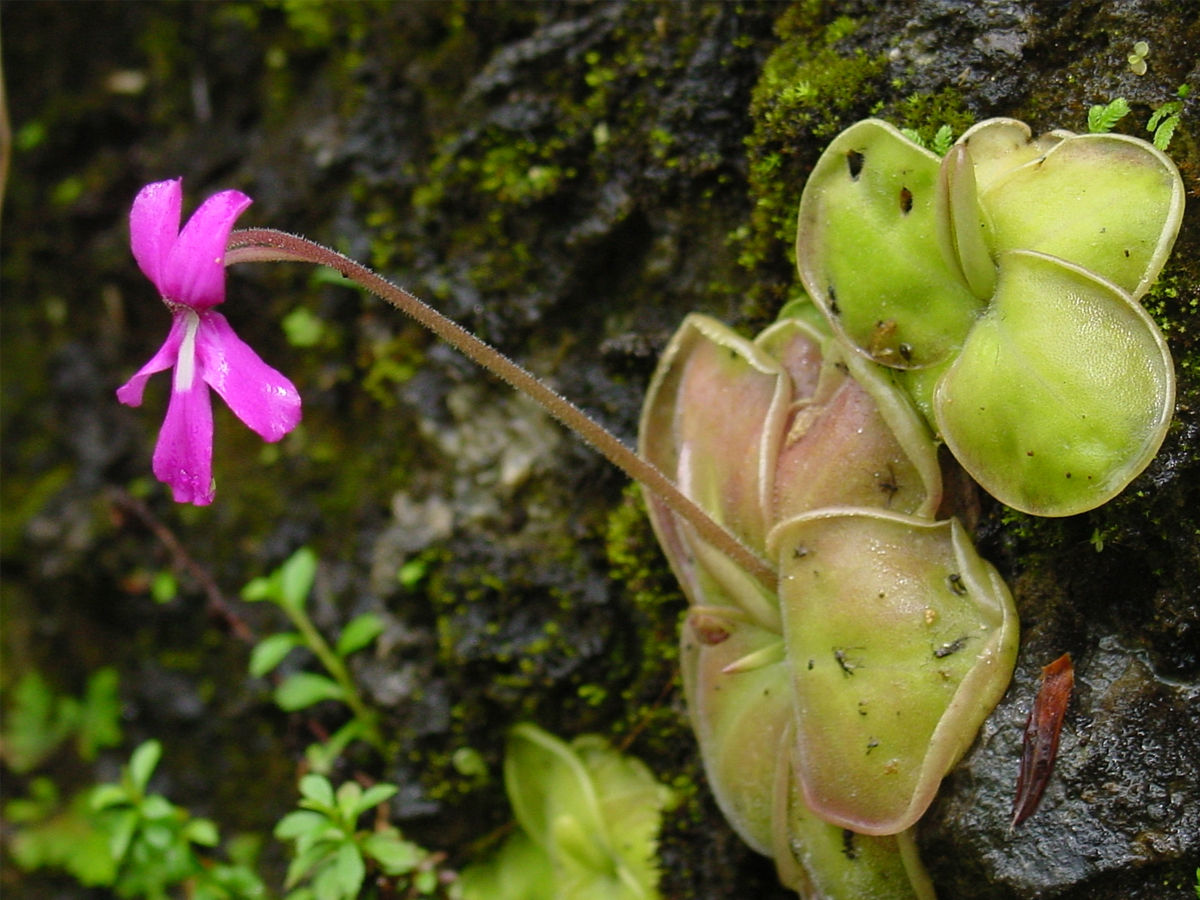If we go by the traditional food chain that we are taught in the school, plants come at the bottom of the food chain and eat sunlight to get energy and do photosynthesis. They are eaten by animals and humans and this is how the food chain works. But, there’s always an exception when we talk of nature and plants and trees are an integral part of it. You might have seen plants turning into ghosts or evil souls in movies but there are some carnivorous plants for real that feed on insects, bees or even lizards to fulfil their hunger.
While plants take their energy from sunlight in general, some are carnivorous in nature. When looked at from a distance, these plants look like ordinary plants. But they are completely different in nature. For instance: the Venus Flytrap.
1. Tropical Pitcher Plant

As the name suggests, the Tropical Pitcher Plant has pitchers that can reach over afoot. They use this height to catch insects, lizards, amphibians and sometimes even mammals. The size helps them in digesting their prey very well. The hunter plant has nectar with a sweet fragrance that attracts the insects and lizards towards it. The plant traps its prey into the pitcher once they come close. The digestion process, however, could take as long as two months. These plants are mainly found in Madagascar, Southeast Asia and Australia. They are also known as monkey cup as monkeys use them as drinking cups.
2. Trigger Plant

While the Trigger plant is often regarded as a carnivorous plant, it is doubtful whether it hunts to satisfy its hunger or it’s just an act of self-protection. Trigger plants have sticky hairs that are known as trichomes. These sticky hairs help the plant in catching insects and bugs. The leaves of the plant secrete digestive enzymes that it uses to dissolve the insects. However, researchers still refrain from completely identifying it as a carnivorous plant.
3. Portuguese Sundew

The Portuguese Sundew grows in almost nutrition-less soil in the coastal areas of Spain, Morocco and Portugal. Since it grows in soil devoid of nutrition, the only way it can get some is through the insects it hunts. Sundew uses its aroma to attract and hunt its prey. It uses a sticky substance called mucilage that is present on its leaves, to catch its prey and dissolve them slowly. The nutrients obtained from the insects help it in flowering another day.
Also, Read 8 Plants That Produce Oxygen Even At Night
4. Butterwort

It may appear to be a normal plant with beautiful flowers, but it is a true carnivorous plant with broad leaves that appear to be coated with butter. That’s how it gets its name. It is mainly found in Eurasia and different parts of America. Insects are attracted towards Butterwort as its leaves secrete a pearl-like substance that they mistake to be droplets of water. As soon as insects come towards the leaves, they get trapped in the sticky fluid and get slowly dissolved in it. You can easily spot skeletons of insects on the leaves of Butterwort.
5. Venus Flytrap

Venus Flytrap is one of the most popular carnivorous plants. While it is not the biggest, it is certainly one of the most professional hunter plants. Measuring less than a foot in length, Venus Flytrap has sticky traps with eyelids-like edges that it uses to trap its prey. It is mainly found in North Carolina and South Carolina. The plant’s actions are impulsive as an insect is only trapped inside the traps if it touches two different interior hairs in the course of 20 seconds.
6. Moccasin Plant

Moccasin Plant is mainly found in Southwest Australia and it loves to eat meat. Just like all major carnivorous plants, a Moccasin plant uses its sweet scent to attract its prey. Insects are trapped in the plant’s moccasin-shaped pitchers and they are digested slowly. Insects often get confused by the translucent cells if the pitcher. Despite it’s hunting nature, Mocassin plants are related to flowering plants like apple and oak trees.
7. Brocchinia Reducta

The only thing not carnivorous about this plant is the similarity of its name to Broccoli. Brocchinia Redcta comes from the same family as that of pineapples, Spanish mosses and other thick-leaved plants. It is mainly found in Venezuela, Brazil, Colombia, and Guyana. This plant has long, slender pitchers that reflect ultraviolet light. It also uses its sweet scent to attract its prey and take them down. A discovery in 2005 helped researchers classifies it as a carnivorous plant.
























